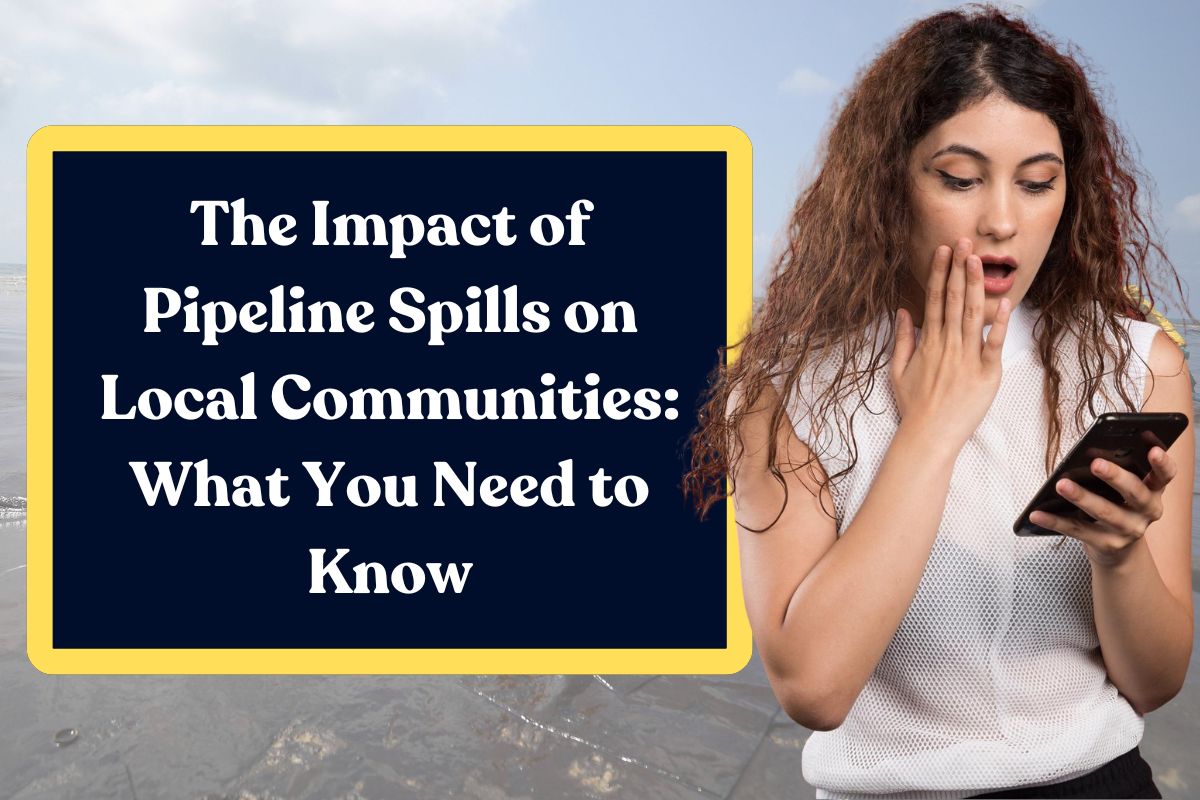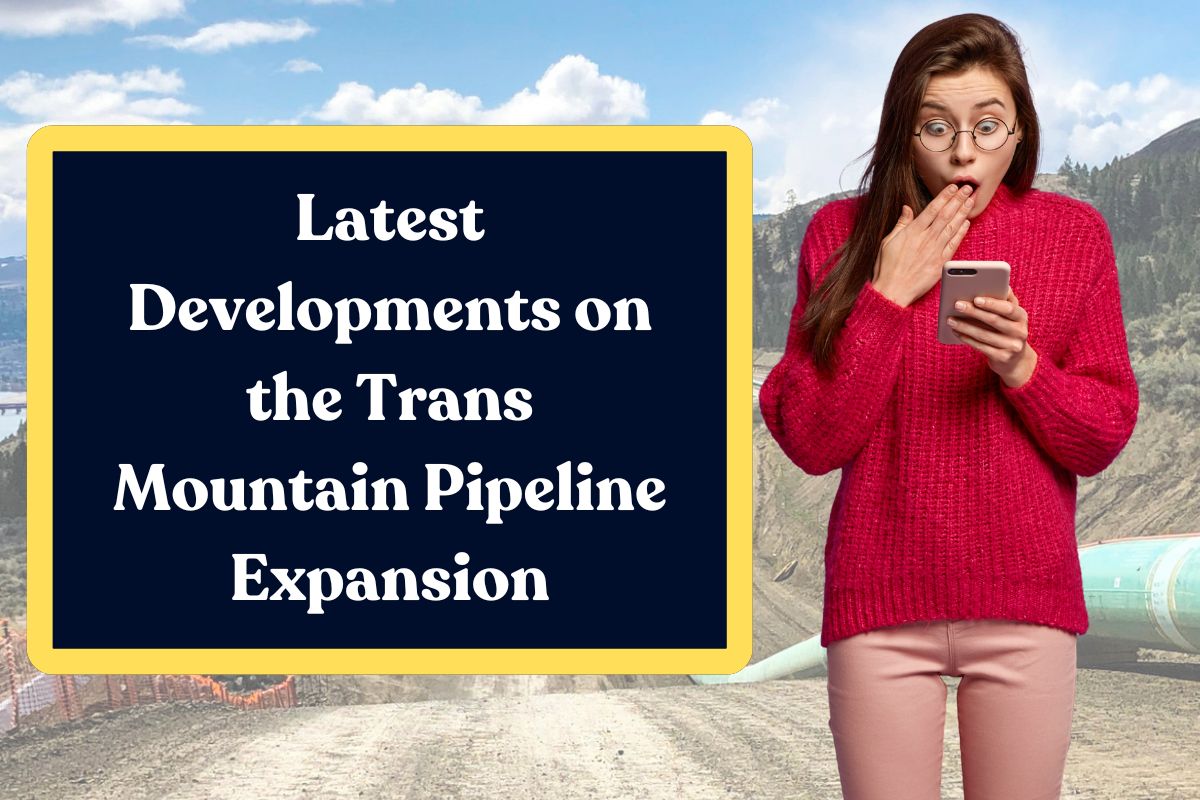Whenever we hear about a pipeline spill, the very first thing that comes to our mind is the damage that they have done to the environment. We hear things like oil slicks on rivers, harmed wildlife and contaminated soil. However, behind all this there is also a section that suffers the most from such spills, which is the communities and people living near these spills.

The pipelines in Canada stretch for over thousands of kilometers and these spills are not a rare occurrence. They tear the very fabric of the human- nature ecosystem. As the oil spills not only contaminate the nearby natural resources, but also give rise to health and cultural problems. So here we will discuss the impact of pipeline spills on local communities.
Canada’s Pipeline Overview
Canada has a massive oil and gas transportation network that roughly spans over 73,000 kilometers. This vast network consists of federally regulated pipelines. Now these pipelines are responsible for carrying out more than a billion barrels of oil every year. This network of pipelines serves as the backbone of the energy infrastructure of the nation.

This whole infrastructure is managed and monitored by the Canada Energy Regulator (CER) and provincial agencies, with strict guidelines on safety and emergency response. However, even though such systems are in place we see that spills happen. These spills affect the communities in devastating ways.
If we look at the stats in the last decade alone the federally regulated pipelines have spilled an average of 1,804 barrels of oil annually. There have been hundreds of reported pipeline incidents in these years, when we look at it on a national level we will find that they don’t look so big. However, for the communities living near these pipelines, even a single spill can turn their life upside down.

Notable Pipeline Spill Incidents
Below we will be discussing some of the biggest spill incidents in the history of Canada:
1. Little Buffalo, Alberta (2011)
Now this particular spill poured nearly 4.5 million litres of oil into the boreal forest near the Lubicon Cree First Nation. The particular spill was one of the largest oil spills in Alberta. Owing to this the children in the community experienced nausea and headaches, and the local school had to shut down.

To further aggravate the situation it took hours before the spill was even detected and the response was criticized for being very slow and disorganized. For the Lubicon Cree community the damage was not just physical in nature but it was also deeply emotional and spiritual. Their once safe and sacred land was now tainted by the oil spill.
2. Ocean Man First Nation, Saskatchewan (2017)
The next oil spill was on the reserve land in Saskatchewan, where over 200,000 liters of oil was spilled. The pipeline was owned by Tundra Energy Marketing. The company claimed that most of the oil from the spill was recovered.

However, local Chief Connie Big Eagle pointed out that it would take years for the soil to be remediated, and even after that the soil would never return to its original state.
3. North Saskatchewan River Spill (2016)
Husky Energy’s pipeline leaked 250,000 litres of oil into the river, this affected the water supply for multiple cities and First Nations. For days, people were not able to use the tap water, and the cleanup took months. Some residents still question whether the river is truly clean.
The Impact Of Spills on Local Communities
The pipeline spills not just impact the local communities but also impact the communities living around it. There are several problems that the people have to face owing to these spills such as:
Health Issues
Communities who live near the pipelines face various health issues because of the spills such as:
- Headaches
- Nausea
- Skin irritation
- Breathing problems
Now all these symptoms that we have mentioned above are directly linked to the exposure to toxic substances in crude oil such as benzene and other hydrocarbons.
Furthermore, researchers are still studying the risk associated with long term exposure, and communities are seriously worried about this and they are right to do so.
Water Contamination
Clean water is one of the basic needs of any community and it is one of the first casualties of the oil spills. After the spill the water becomes unusable for drinking, cooking, or farming.
During the 2016 spill in Saskatchewan, over 70,000 households had their water supply cutoff. For people there the boil water advisories and the bottled water became the new normal for a while.
Farming and Economy
Another problem that arises is related to farming. Due to the pipeline burst the farmers lose their crops, livestocks and income in rural areas. Contaminated soil can’t be planted until years of reclamation work is done. In Glenavon, Saskatchewan, farmers had to dig up their soil and truck in clean dirt after a leak. That’s not just costly, it’s heartbreaking.
Indigenous Culture and Spirituality
A large number of these oil spills occur on the or near the Indigenous lands. For the Indigenous communities, the land is not just a piece of property it is their life, it is sacred to them. This is the land where they hunt, fish, hold their ceremonies and pass down their traditions. The spill on such lands does not lead to environmental loss but also cultural and spiritual loss.
These pipeline spills are not just simple accidents, they are the failures of the system that was made to protect the people and the plangte. It is high time that we ask ourselves a question: How much more communities need to suffer before we prioritize people over profits? It is totally understood that the oil and gas pipelines in Canada have been very essential to the economy.
However, there are other things besides money that determines the quality of life of an individual. The economic growth should not come at the cost of clean water, cultural survival and the community health as without them the growth seems meaningless.






